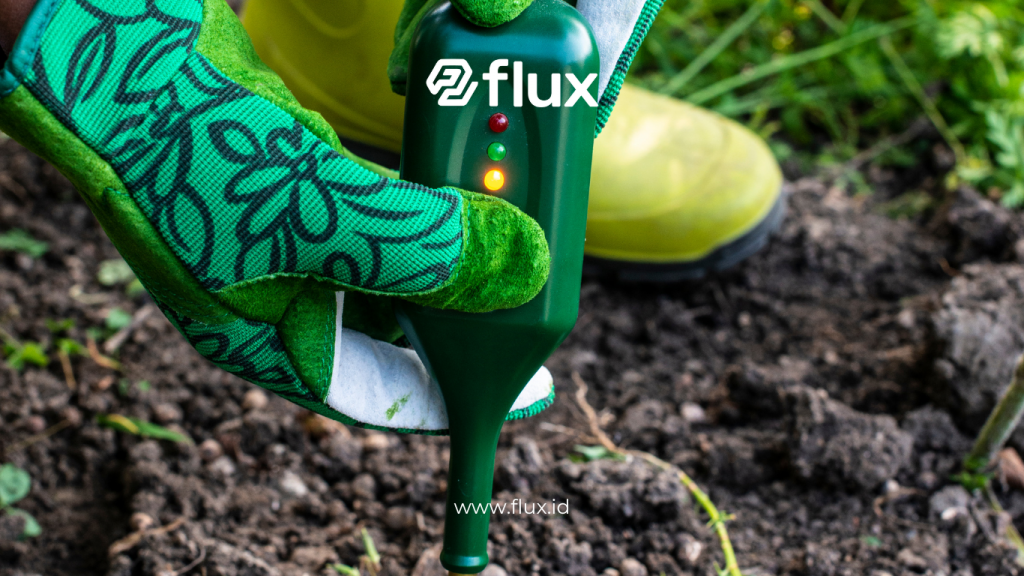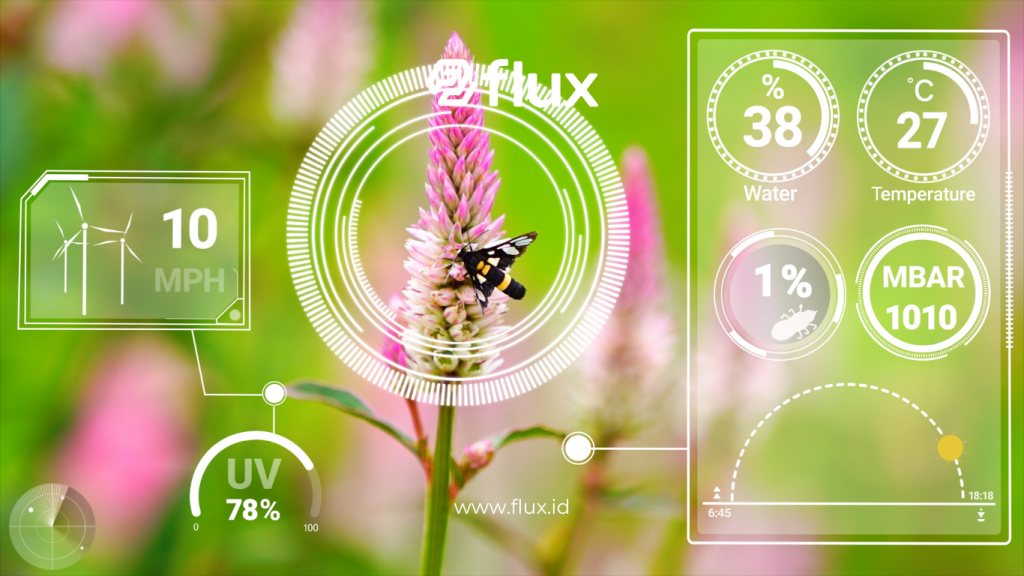Don't miss our holiday offer - 20% OFF!
Soil nutrient monitoring has become essential in modern agriculture to maintain optimal nutrient balance and support healthy plant growth. Soil sensors provide a sophisticated solution that helps farmers monitor and regulate soil nutrients, allowing them to make precise decisions for better crop yields. This article covers how these sensors work, types of commonly used sensors, and their benefits in boosting agricultural productivity.
Contents
- 1 The Importance of Soil Nutrient Monitoring
- 2 Soil Nutrient Monitoring Technology
- 3 Types of Soil Nutrient Sensors
- 4 How Soil Nutrient Sensors Work
- 5 Benefits of Using Soil Nutrient Sensors
- 6 Implementing Soil Nutrient Sensors in Agriculture
- 7 Challenges and Limitations of Using Soil Nutrient Sensors
- 8 Conclusion
The Importance of Soil Nutrient Monitoring

Read More: Soil Nutrient Sensors: A New Way to Measure Nutrient Content in Real-Time
Monitoring soil nutrients is crucial for ensuring that the soil’s nutrient content meets plant needs. Soil that lacks or contains an excess of certain nutrients can negatively affect the quality and quantity of the yield. With accurate monitoring, farmers can gain real-time insights into their soil’s condition and take corrective actions to restore nutrient balance if needed.
Soil Nutrient Monitoring Technology
Soil nutrient monitoring technology consists of various devices capable of detecting elements like moisture, pH, nitrogen, phosphorus, potassium (NPK), and electrical conductivity (EC) in the soil. With these sensors, farmers can quickly obtain accurate data on soil conditions, enabling them to respond more efficiently to their crops’ needs.
Types of Soil Nutrient Sensors

Read More: IoT Sensor Technology in Agriculture: How to Efficiently Monitor Plant Health and Soil Conditions
1. Moisture Sensors
Moisture sensors measure the amount of water in the soil. Maintaining optimal moisture levels is essential to keep plants hydrated without causing waterlogging. This moisture data helps farmers develop a more efficient irrigation schedule.
2. pH Sensors
pH sensors measure the soil’s acidity or alkalinity levels. Proper pH levels help plants absorb nutrients more effectively, while imbalances can hinder plant growth and reduce crop quality.
3. Electrical Conductivity (EC) Sensors
Electrical conductivity sensors measure the soil’s electrical conductivity, indicating the levels of dissolved ions like salts and minerals. This measurement is vital for understanding the concentration of available nutrients in the soil.
4. Nitrogen, Phosphorus, and Potassium (NPK) Sensors
NPK sensors measure three essential macronutrients that plants need the most: nitrogen, phosphorus, and potassium. The levels of these three elements significantly impact plant growth, flowering, and resilience.
How Soil Nutrient Sensors Work
Soil nutrient sensors operate on various principles, depending on the sensor type. For example, moisture sensors use capacitance to measure soil water content, while pH sensors are equipped with specialized electrodes to detect acidity. These sensors are generally connected to monitoring devices that automatically collect and analyze data. Farmers can then use this analysis to adjust irrigation and fertilization schedules more accurately.
Benefits of Using Soil Nutrient Sensors

Read More: Soil Moisture Sensors: Technology and Working Principles for Accurate Drought Detection
- Improved Crop Productivity
By understanding soil nutrient conditions, farmers can provide plants with the necessary nutrients, enhancing crop yields. - Efficient Fertilizer Use
Applying fertilizers based on soil needs reduces waste and prevents excess chemicals from accumulating, which can harm soil and the environment. - Operational Cost Savings
Accurate soil monitoring helps farmers reduce excessive fertilization, leading to long-term operational cost savings. - Enhanced Plant Health
Plants with balanced nutrition are healthier and more resistant to pests and diseases, reducing the need for pesticides and pest control.
Implementing Soil Nutrient Sensors in Agriculture
Soil nutrient sensors are now widely used in smart farming systems. The data collected by these sensors can be integrated with software or applications that allow farmers to monitor soil nutrients remotely using mobile devices or computers. With real-time data, farmers can take preventive actions to prevent nutrient imbalances and maintain soil quality.
This technology also enables automated systems to control irrigation and fertilization based on the sensor data. For example, if the moisture sensor detects low soil water levels, an automatic irrigation system will water the plants. Or, if nitrogen levels are low, the system will apply the appropriate fertilizer.
Challenges and Limitations of Using Soil Nutrient Sensors

Read More: How Soil Nutrient Sensors Work: Optimizing Plant Health and Agricultural Productivity
- Initial Investment Costs
Soil sensors require a significant initial investment. However, these costs are often offset over time due to the resulting efficiency and savings. - Technology Limitations in Extreme Conditions
Some sensors may be less accurate in certain conditions, such as very wet or dry soil, requiring additional adjustments. - Sensor Maintenance and Calibration
Sensors require periodic calibration and maintenance to ensure accurate data, which can be challenging for farmers new to sensor technology. - Coverage Limitations on Large Fields
For large fields, more sensors or specialized technology may be needed to ensure comprehensive monitoring coverage. This increases the cost and planning requirements.
Conclusion
Soil nutrient monitoring technology is a valuable innovation for modern agriculture. By regularly monitoring soil nutrients, farmers can increase crop productivity, optimize fertilizer use, and maintain soil nutrient balance. While there are challenges, such as initial investment and maintenance, the long-term benefits of this technology make it a worthwhile consideration for sustainable agriculture.





